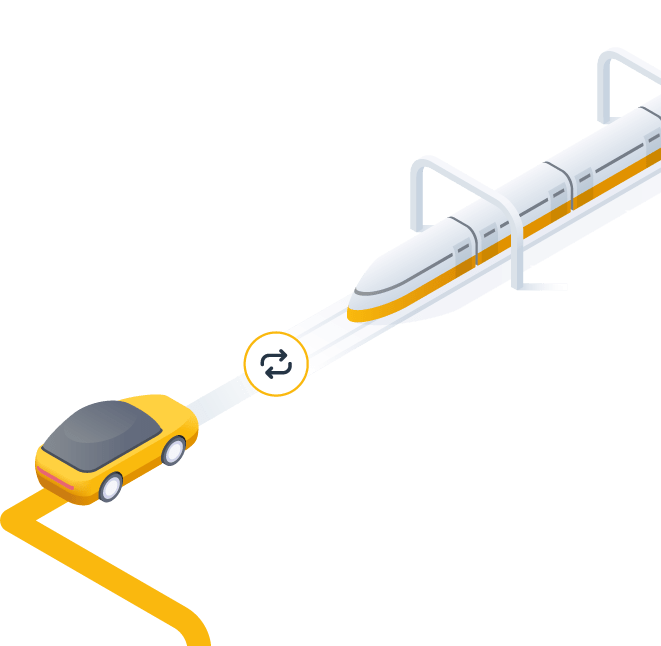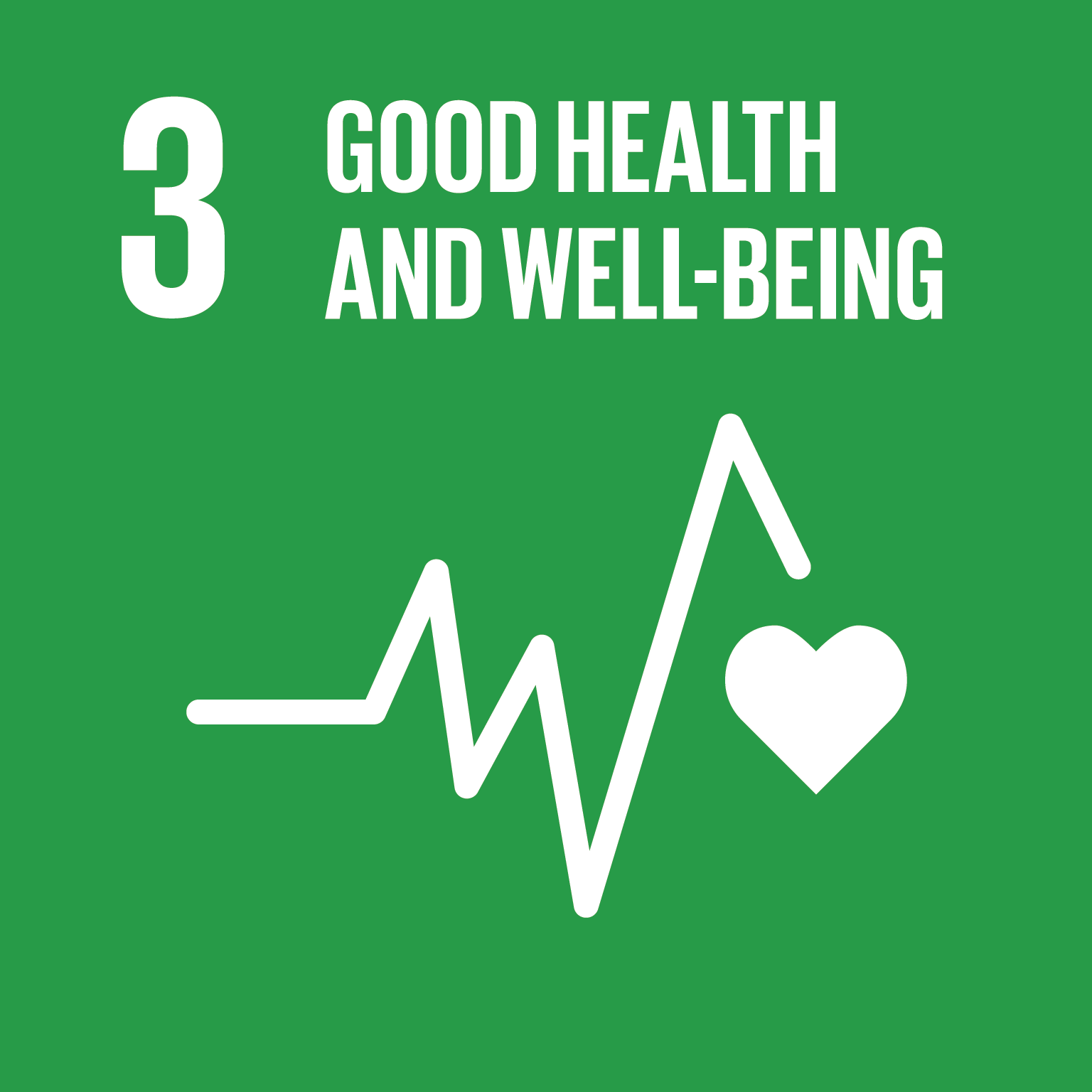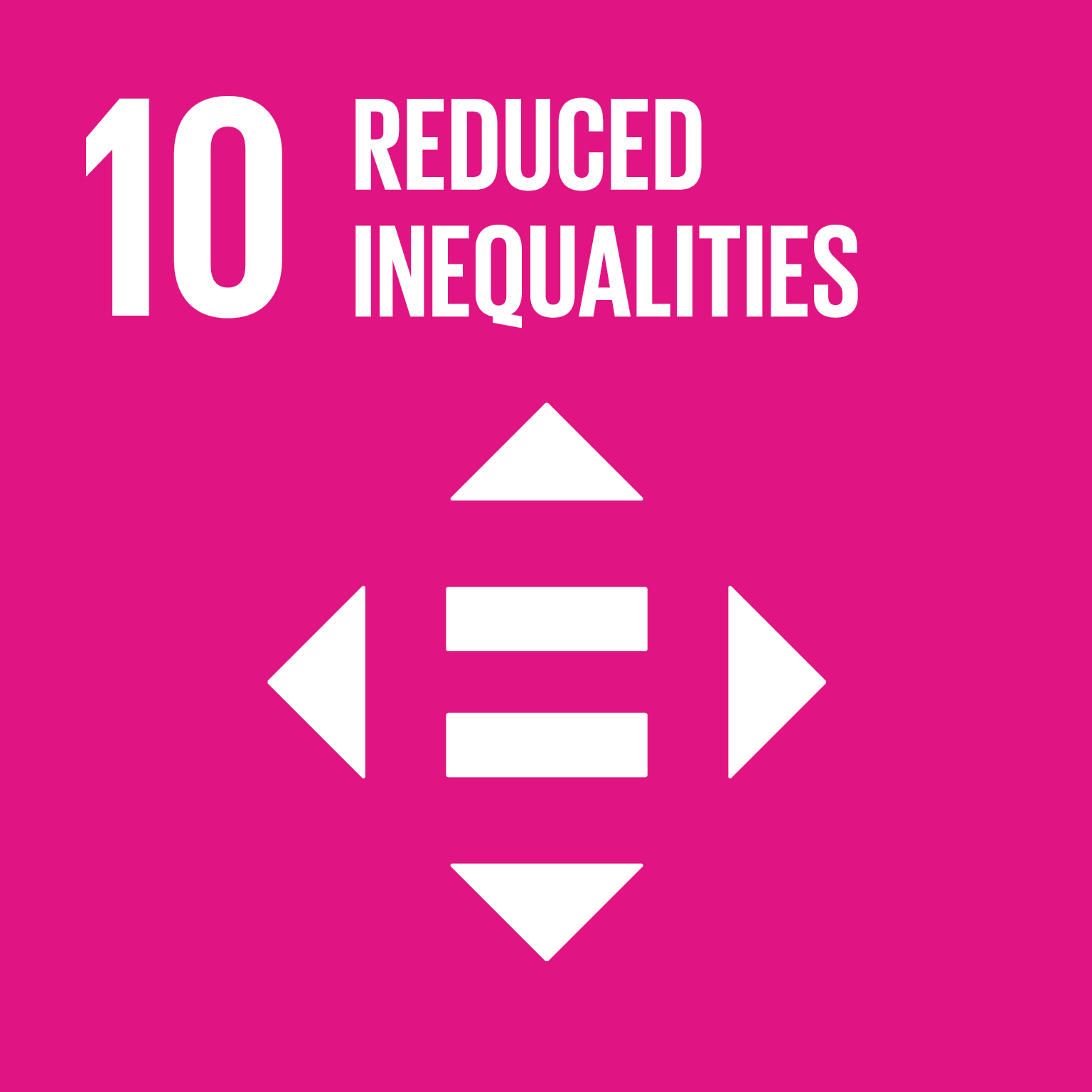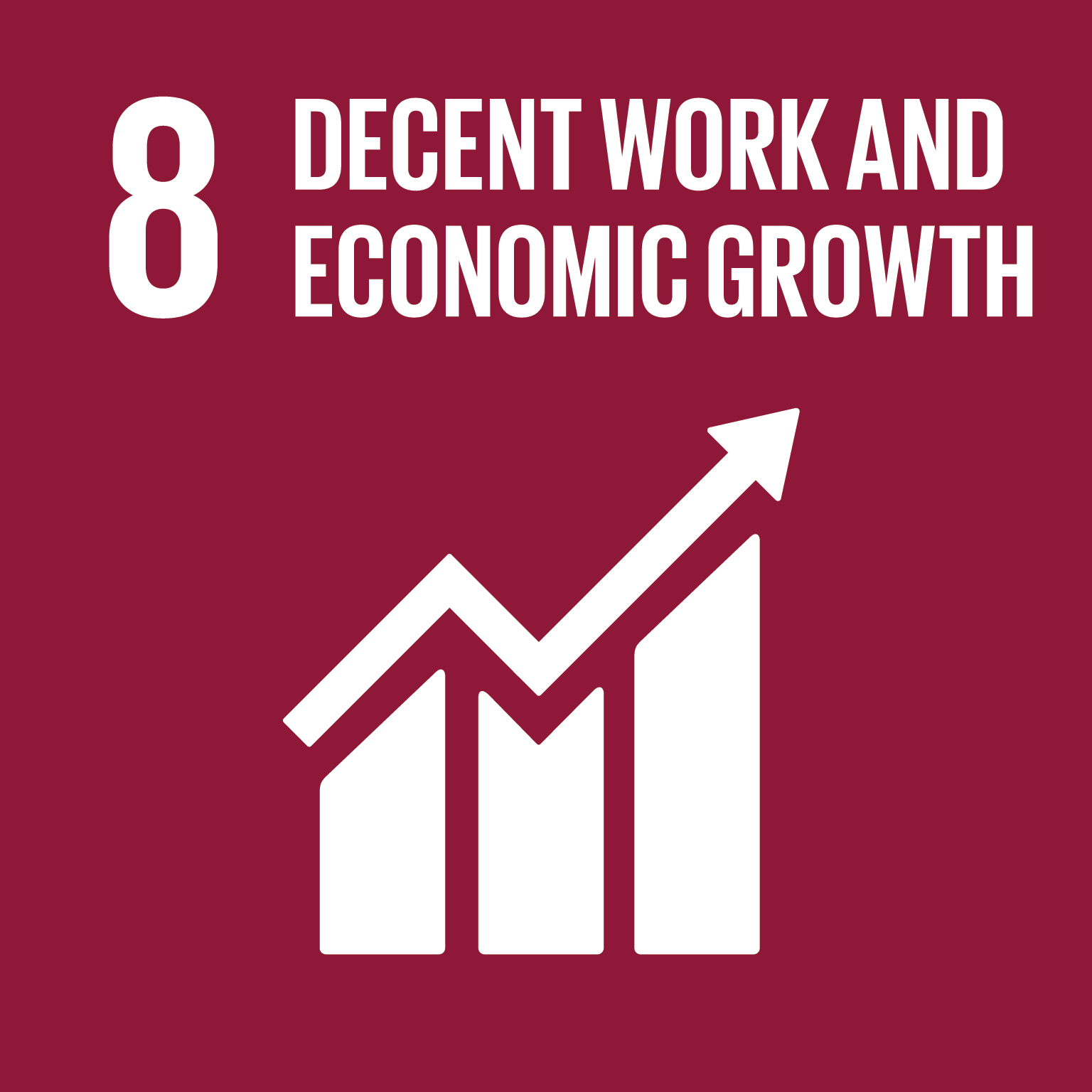A
A
In 2015, all United Nations (UN) member states agreed on a shared blueprint for peace, dignity, and prosperity of the society. As a part of the 2030 Agenda, the UN set 17 goals including 169 targets, known as Sustainable Development Goals (SDGs).
The goals refer to issues like poverty, health, education, inequality, economic growth, or climate change. However, they still recognise the interconnectedness of these most pressing global challenges of today.
This way, the UN calls upon countries from around the world to achieve milestones that are crucial for global development. Defining and specifying what matters the most, SDGs help the international community to achieve the Sustainable Development Agenda until 2030.
Transportation Matters.
And here comes the prime time for transportation: one of the most important areas that shape whether and when we succeed in achieving SDGs. Unfortunately, mobility often stands as a barrier rather than a catalyst to positive change.
Cities and resident communities are negatively affected by pollution, noise, and congestion caused by high traffic levels and gridlock. And while most economic sectors have reduced their emissions since 1990, emissions from transportation have only risen.
According to European Environment Agency (EEA), emissions from transportation now account for more than 25% of overall greenhouse emissions in the EU. With a 28% share, US Environmental Protection Agency (EPA) reports that transportation is now the largest contributor to US greenhouse gas emissions.

Are cheap fly tickets the first thing that comes to your mind? Well, then you should know that the EEA attributes more than 70% of the total transport greenhouse emissions to cars, vans, trucks, and buses. Road traffic is also the biggest source of harmful noise levels, negatively affecting more than 100 million people in Europe only.

Intermodality as a Response.
At Mileus, we believe that the picture doesn’t have to be this black. Juraj Atlas, our CEO, founded Mileus with the vision of smart mobility that would actively respond to sustainability demands.
In recent years, research has been showing that the hopes pinned on the concept of ride-hailing at its beginning are dashed. Instead of relieving cities from private cars, ride-hailing rather displaces public transport. With serious consequences for the environment.
According to the Metropolitan Area Planning Council, 42% of ride-hailing trips in for instance Boston would have been done by public transport if ride-hailing was not an option. The Union of Concerned Scientists adds that ride-hailing generates 69% more emissions than the public transport journeys it displaces.
Ride-hailing generates 69% more emissions than the public transport journeys it displaces.
This alarming data motivated Juraj to give ride-hailing another chance. The idea was to create a model where ride-hailers would not divert the passengers from trains and buses but do the exact opposite: increase the public transport ridership. While growing their own ride-hailing business.
And that’s how Mileus was born. An automated integration of public transport in the city centre and ride-hailing & taxi services on the last mile. A sustainable commuting option that is also comfortable enough – so that residents would not need their private cars for commuting anymore.
Grow your ride-hailing business with intermodality
Learn how you can:
- Boost search to ride conversion rate
- Increase ride frequency and average revenue per user
- Improve vehicle utilisation and fleet efficiency
Download our free case study to find out how you can grow your ride-hailing business sustainably by providing intermodal service to customers.

Transport That Supports SDGs.
Mobility solutions invented with a respect for nature and humans can in fact move us closer to reaching multiple SDGs at the same time. We believe that this is also the case of intermodality that benefits not only people and their environment but also business owners and the mobility industry.

Motivating residents to leave their cars at home, combined transportation decreases the number of private cars in city centres. At the same time, the solution generates new demand for ride-hailing and taxi operators on the outskirts, so that they can grow sustainably, without the usual negative impact on cities. 1 transport solution, 6 SDGs checked. Easy as that.

Good health and wellbeing.
Poor air quality and high levels of noise are both severe risks to human health. Relieving our streets of cars, a major source of urban noise and pollution, thus substantially increases residents’ quality of life. This way, smart mobility can effectively improve citizens' health conditions and overall well-being.

Reduced inequalities.
More public transport passengers allow public transportation providers to improve their serviceability. And the result? Better access to transport systems for all – including those who live on the peripheries.
Transport is an important facilitator of social inclusion and wellbeing. By providing disadvantaged communities with more socio-economic opportunities, such as jobs or education, mobility shapes people's living conditions.

Climate action.
Increasing public transport ridership and cutting down private car emissions, intermodal transport can effectively contribute to the mitigation of climate change.
The integration of on-demand transportation with public transport also generates demand for taxi services on the outskirts. This new demand allows taxi businesses to operate more sustainably, but still profitably: decreasing their overall mileage, deadheading (or rides without passengers), and relieving cities from emissions.

Decent work and economic growth.
The new demand generated as a response to the intermodal service offer creates a unique opportunity for on-demand transportation providers to increase their market share and revenues. When their business is growing, taxi and ride-hailing operators can also offer new work opportunities to drivers.
Freelance drivers, on the other hand, can make their operations more efficient, reduce their costs, and so make higher profit.
The relocation of the demand to the outskirts also improves the operational efficiency of taxi & ride-hailing businesses, so that they can increase their profits and grow sustainably.
This intermodal service makes this possible even within metropoles that try to limit cars, often employing restrictions and bans that negatively impact the taxi industry.

Industry, innovation and infrastructure.
An automated combination of public transport and taxi services creates a brand-new commuting alternative, providing a much needed innovation for the daily life of residents in large cities.
For on-demand transportation providers, intermodality is a new type of service that they can provide to their customers. Integrating with public transportation, ride-hailing & taxi operators can innovate their servcie offer and untap new blue ocean potential.
An intermodal solution built with a strict focus on the interoperability between the two modes of transportation allows for very deep integration, a guarantee of availability, and economic sustainability. Thanks to these unique aspects, Mileus intermodal solution brings innovation to the entire mobility industry.
Finally, as combining public transportation with taxi services increases transport serviceability in the outskirts, this solution also enhances urban infrastructure.

Driving to Sustainability.
Reaching SDGs does not rule out modern and efficient transportation – especially when it comes to smart urban mobility. Combined transport, for one example, can even move us closer to a healthier, more sustainable, and prospering society. And the best part? It’s already existing.
All we need is more partners – on-demand transportation providers and public transport operators – who would bring intermodal transport alive with us. Interested in fostering global development and progress?
Let’s get talking, we surely can help! Just leave us your contact details and our CEO Juraj will get back to you soon.
.
For more blog posts and urban mobility updates, follow Mileus on LinkedIn:









